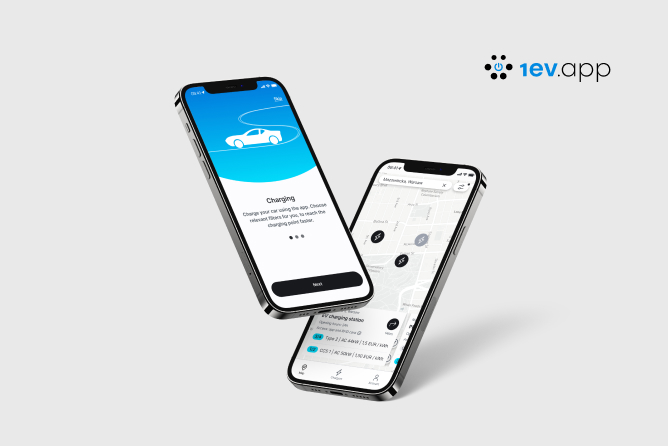Mobile applications for education are changing learning
The development of mobile technologies has influenced many aspects of our lives, and education is no exception. Mobile applications for education have revolutionized how students acquire knowledge and how teachers conduct classes. In the digital age, traditional teaching methods are increasingly being supplemented by modern solutions that enhance engagement and learning effectiveness.
With mobile apps, students can access educational materials anytime and anywhere. The ability to learn outside of school—at home or on the way to class—makes knowledge acquisition more flexible. Moreover, many apps incorporate gamification, further motivating students to learn. Interactive quizzes, leaderboards, and achievement badges make learning more engaging and rewarding.
Modern educational applications also support teachers. They allow educators to plan lessons, monitor student progress, and tailor materials to individual needs. Tools such as electronic grade books, course management platforms, and apps for creating interactive assignments significantly simplify teachers' work.
The impact of artificial intelligence on mobile education is also noteworthy. More and more applications use AI algorithms to personalize the learning process. For example, language learning apps analyze a user’s mistakes and adjust exercises accordingly to address weak points effectively. Similarly, math or programming software adapts difficulty levels based on a student’s learning pace.
The benefits of mobile applications in the learning process
Mobile applications for education offer numerous advantages for both students and teachers. Key benefits include:
- Easier access to knowledge – A smartphone or tablet is all that’s needed to access a vast database of educational materials, interactive exercises, and online courses. This makes learning no longer confined to the classroom or traditional textbooks.
- Interactivity – Unlike traditional textbooks, apps offer multimedia content such as videos, animations, simulations, and quizzes. This format is more engaging and helps students better understand complex concepts. For instance, biology apps allow users to explore the human body interactively in 3D.
- Personalized learning paths – Traditional education systems often fail to account for individual student needs, leading to frustration and learning difficulties. Mobile applications adjust content based on user progress, analyzing their strengths and weaknesses to provide tailored exercises.
- Increased motivation – Gamification elements such as rewards, challenges, and point-based systems encourage students to stay engaged and treat learning as an enjoyable activity. For example, language-learning apps reward users for daily activity and correct answers, fostering consistency.
- Support for remote education – In the wake of the COVID-19 pandemic, many schools and universities have shifted to digital learning environments. Educational applications enable online lessons, communication between teachers and students, and easy sharing of learning materials.
Examples of innovative educational applications
Many mobile applications support education in various ways. Some of the most notable include:
- Language learning platforms – Apps like Duolingo and Babbel use gamification and AI to tailor exercises to users’ proficiency levels, motivating them to practice regularly.
- Learning management systems – Platforms such as Google Classroom and Microsoft Teams help teachers organize lessons, track student progress, and conduct virtual classes.
- Augmented reality (AR) educational tools – Apps like Quiver and Merge EDU use AR to display 3D models of planets, the solar system, or biological structures, making learning more immersive and interactive.
The future of mobile applications in education
The future of mobile applications in education looks promising. More schools are integrating modern technologies to make learning more engaging and tailored to contemporary students' needs.
One of the most significant trends is the development of AI-powered education. Applications will become increasingly sophisticated, analyzing individual learning styles and adapting content accordingly. We can also expect greater integration with virtual and augmented reality, offering even more immersive educational experiences.
Additionally, mobile applications will play a key role in hybrid learning, blending traditional and digital education methods. Many educational institutions are already implementing e-learning platforms, which will continue to evolve in the coming years.
Finally, applications will increasingly cater to students with diverse learning needs. Specialized tools will provide tailored resources for individuals with dyslexia, ADHD, or other learning challenges.
Are you interested in developing mobile applications? Contact us today and start shaping the future of learning!





.jpg)



.jpg)


.jpg)

.jpg)
.jpg)

.jpg)

.jpg)
.jpg)
.jpg)

.jpg)
.webp)

.webp)


.jpg)









.webp)


.webp)






























.webp)





.webp)



.webp)


.webp)



.webp)














.webp)

